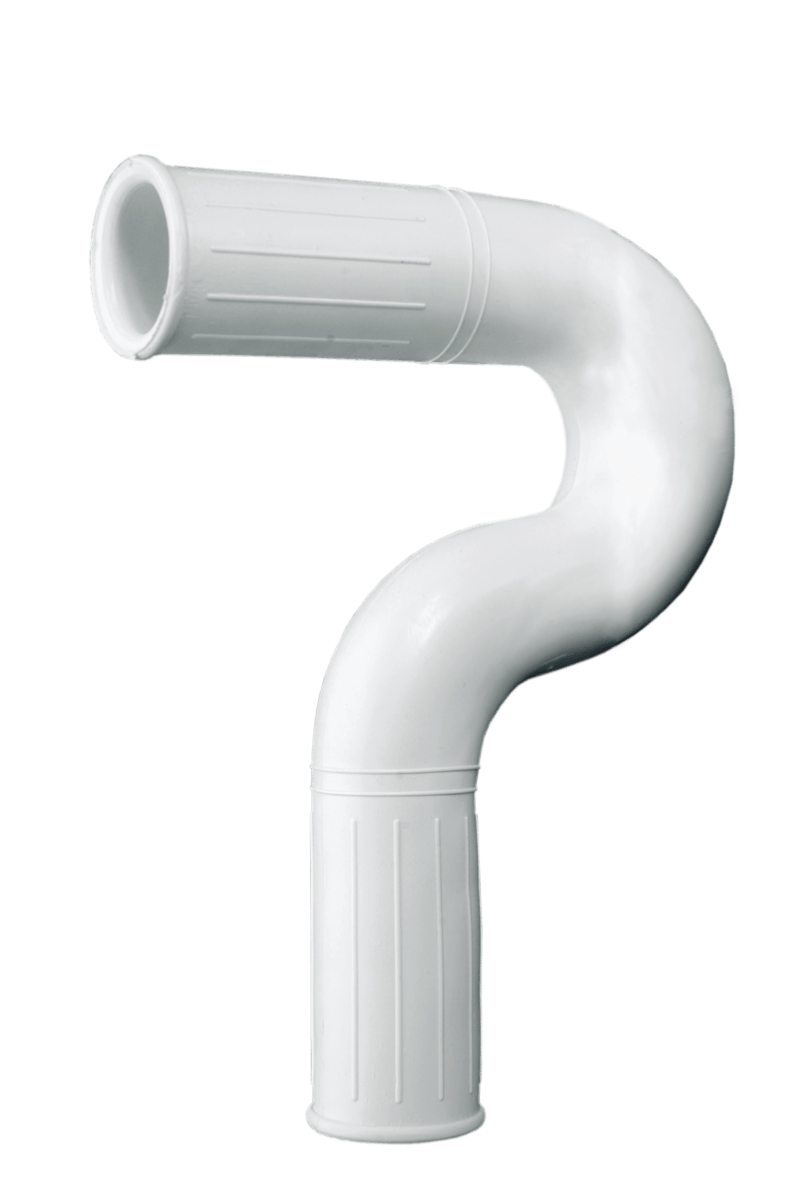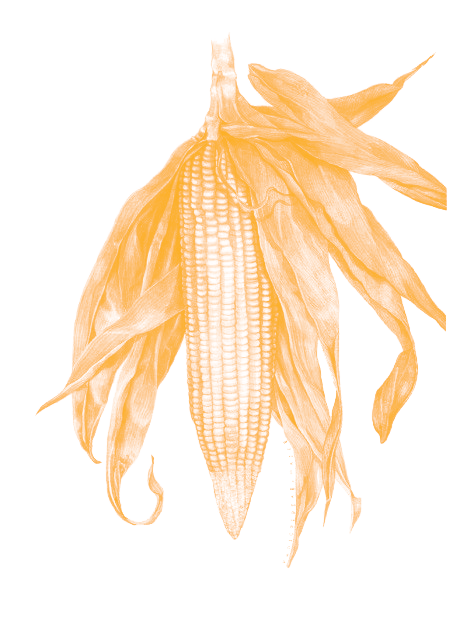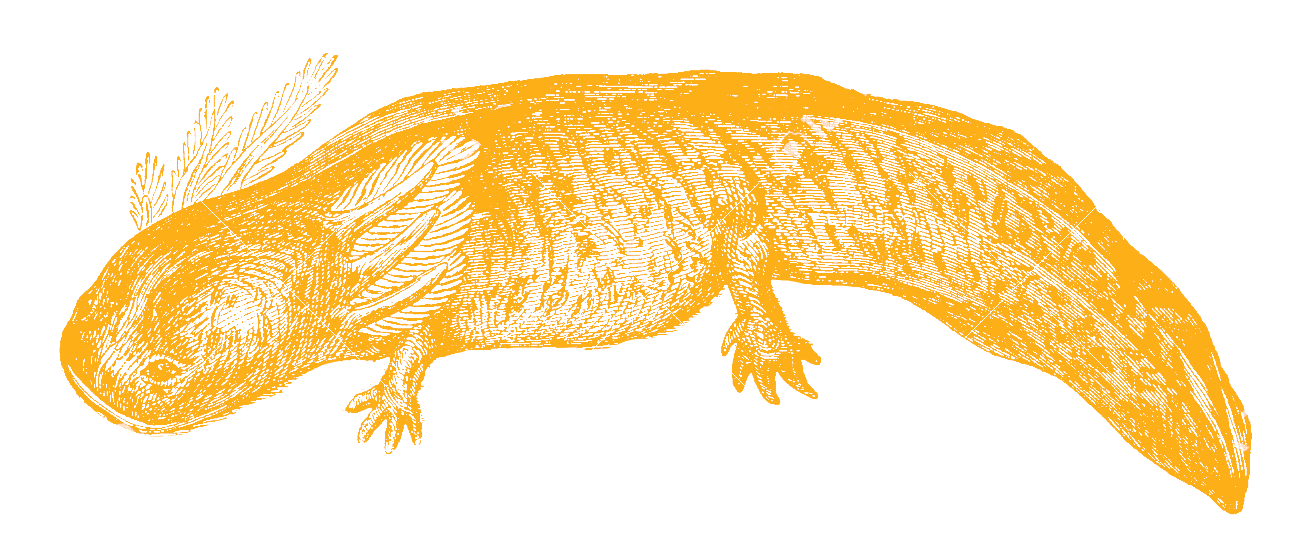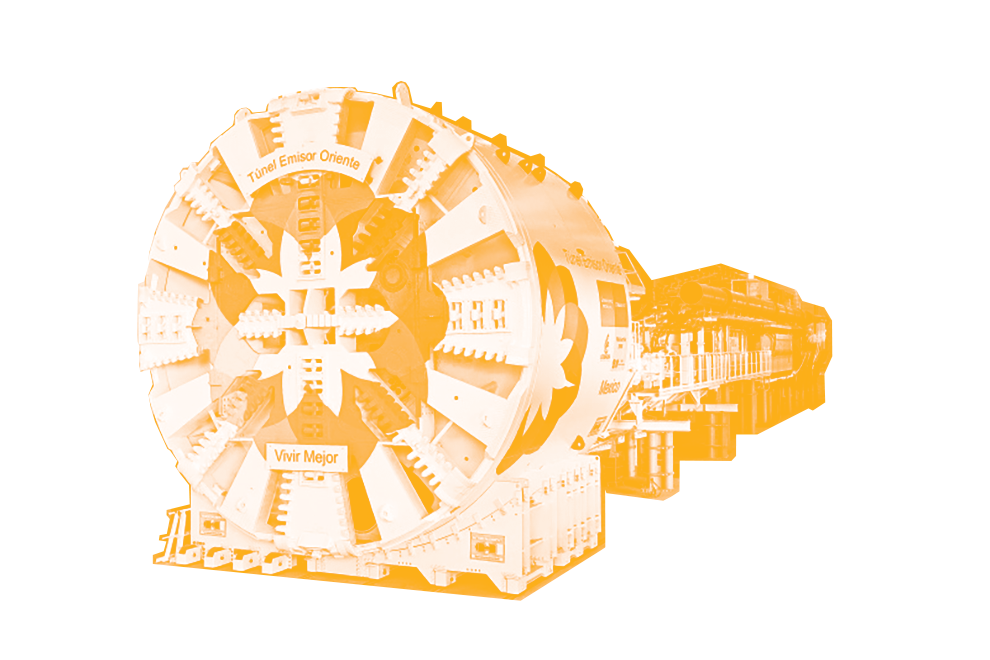Report, C-02
Rain Gods and Parties
“. . .Thus the old ones said
that who has died has become a god. . .”
![]()
![]()
Isla Urbana’s rainwater harvesting systems are named after Tlaloque, helpers of the Aztec Rain God Tláloc. Part of Isla Urbana’s mission is to bring high-quality water to low-income communities within and outside of Mexico City.
![]()
Installation of Tlaloque200 at Tlalpan, south of CDMX
![]()
![]()
![]()
![]()
![]()
![]()
![]()
![]()
![]()
A Performance for water at the “Tlalocan” Party, commemorating the landmark installation of Isla Urbana’s Tlaloque200s across Mexico
![]()
![]()
Isla Urbana is an NGO dedicated to re-imagining water supply and the role of city water management through rainwater harvesting. Its co-founder, Renata, is a design activist and social designer. She began Isla Urbana with Enrique Lomnitz after completing their degrees at Rhode Island School of Design. Here, we ask Renata about the role of ancient mythology in their work...
AO
AH
RF
AO
RF
Rain Gods and Parties
“. . .Thus the old ones said
that who has died has become a god. . .”
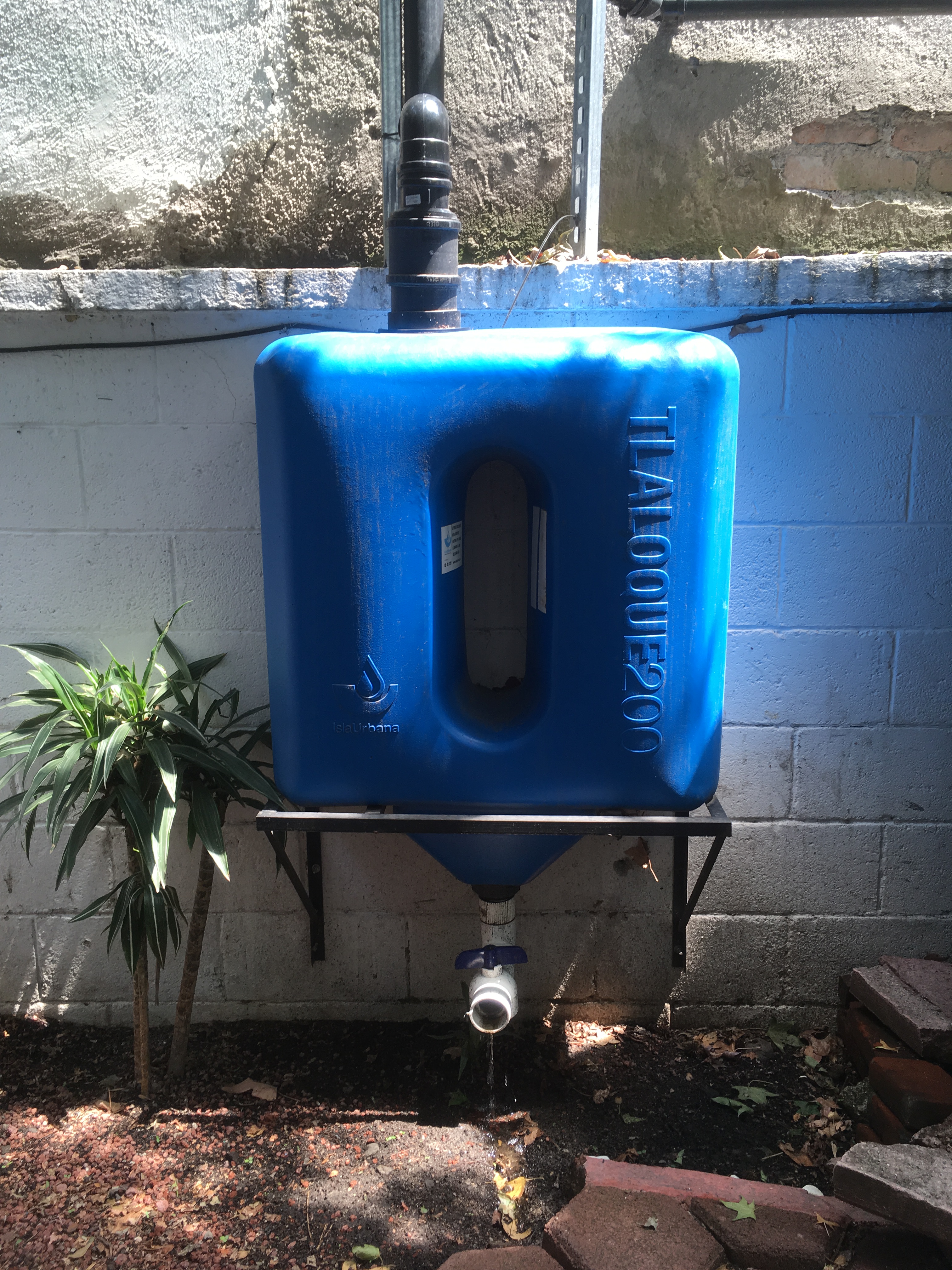
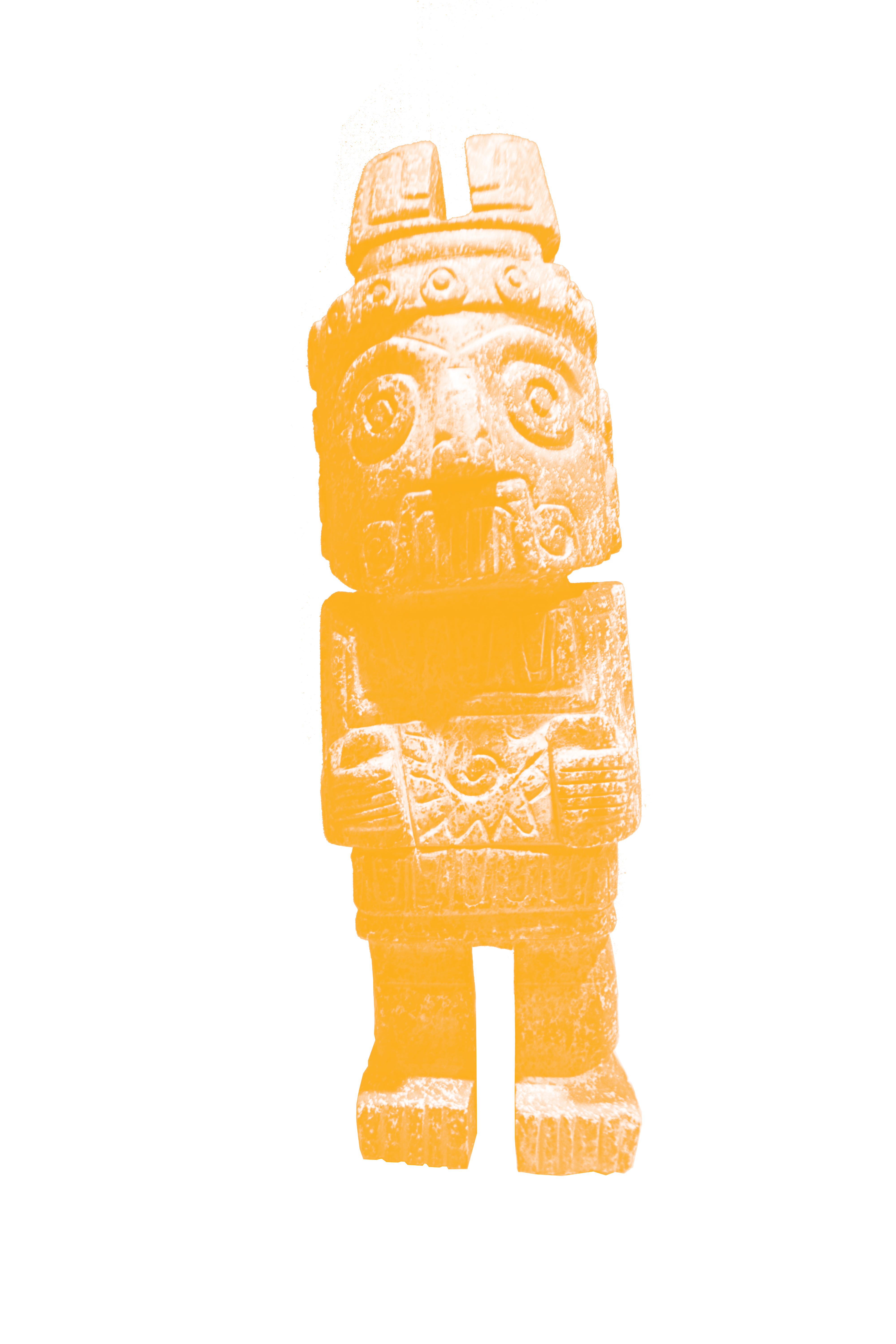
Isla Urbana’s rainwater harvesting systems are named after Tlaloque, helpers of the Aztec Rain God Tláloc. Part of Isla Urbana’s mission is to bring high-quality water to low-income communities within and outside of Mexico City.

Installation of Tlaloque200 at Tlalpan, south of CDMX
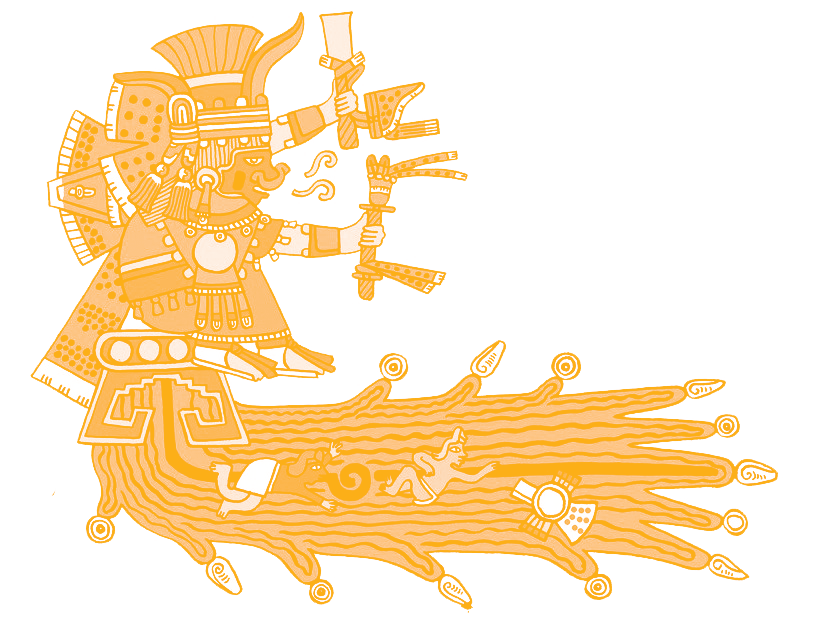
...and Parties
A Performance for water at the “Tlalocan” Party, commemorating the landmark installation of Isla Urbana’s Tlaloque200s across Mexico

An Interview with Renata Fenton, co-founder and design director of Isla Urbana
Isla Urbana is an NGO dedicated to re-imagining water supply and the role of city water management through rainwater harvesting. Its co-founder, Renata, is a design activist and social designer. She began Isla Urbana with Enrique Lomnitz after completing their degrees at Rhode Island School of Design. Here, we ask Renata about the role of ancient mythology in their work...
AO
How do you feel the reaction towards that narrative of recovering traditions or recovering ancestral knowledge, as you mention like the Mazatecs and the Mayans? How do you feel the narrative working, is it propagating? Let's say, in the way you expected it to? We were visiting Huerte Roma Verde, I’m curious on this aesthetic of indigenous knowledge- it sounds a bit vague and reductive, but- like the aesthetic of indigenous knowledge. What do you think about that?RF
Um, it's an interesting question. Um, I think our aesthetic has developed from an interesting concept where you know it's born from this sort of informal sort of migrant background aesthetic in Mexico City. I mean, that's sort of very industrial, very sort of functional in a sense. There are certain things that, you know, as far as heritage… like the example of [Achultun] and how it works. The application of certain technologies that we are open to, but we've integrated just to a certain degree, slightly superficially, in the sense that we have tanks that are built with sort of more ancestral processes and things like that. But the system's adapt to that type of technology in a way. But in our experience, or at least my opinion, is that these sorts of technologies there's a lot of science to them, to a degree, that many times these kinds of the applications that we have are the simplest, are more clean cut, and provide the best quality water possible. I think the next sort of phase would be to begin to recuperate more of this sort of technology and sort of apply it in a more contemporary way into the urban setting, for example. But that is something that, you know, has in itself is a process and an evolution in them. So, for example, the work that we've done in the Mazatec community is where they were already harvesting rain, which involved basically a water container, and then they had some sort of filtration device on the surface of that container, and then the water was going directly from the roof to the container. Um, it is very simple, very beautiful. Um, but in a sense, the quality wasn't totally there yet. So what we've done in those sorts of contexts is add in slight processing procedures before it gets to the tank, because it doesn't become a rainwater harvesting system until you process it properly, which could be a very minimalist way of doing that. Each application, for example, where we've worked with architects or bio-architects or people that are more in tune with certain local materials and things like that, interesting collaborations work together because also in the communities themselves, for example, some of the first flushes are actually [Garrafon] that the children paint, and it becomes more of a community project in the developments of these systems. Functionally speaking, as far as maintenance and everything else- sometimes, you know, plastic and tubes and metal have a certain science to them and they're useful and they're easy. But I think also using or adopting these kinds of icons such as Tlaloc or Tlaloque, which are helpers of the God, also reflects that we are very proud of that. We are very sensitive when we go to communities in rural environments, and they have certain technologies. We don't totally displace them, actually we try to bring them together in that sort of development of saying. These kinds of tanks, that they've been developing there forever. How can we install more of those? And that community actually do that, for example, in [Tagabuttari?], many of these children were there when we began because we have been there more than eight years, actually grew up with rainwater harvesting and their communities now, so many of them have become installers of the systems that we put up. So, of course, their experience, their sensibilities are entwined with the systems of the install, the way they install them and the aesthetics they use. I just think we know we are proud of that heritage. We're very sort of adamantly proud where all the components have a certain name that comes from a certain background like the axolotl. It's just because these kinds of icons are so powerful and important. Tho aesthetics is something that they’ve asked us for, in design.
Why does it look the way it does? Well, it's water infrastructure, you know? Have you ever seen water infrastructure? That's what it looks like. The only interesting thing is now it’s external. It's not hidden, it's there. It's visible. And I think that that's also something that is we've done intentionally, Um, put it in your face. Something that you have to be aware of that is so essential to that house functioning. Many times, architects tend to hide these things. And we've actually had different exercises with architects where the challenge is okay, hiding. Okay, bring it up. Okay. Make it part of that architecture. Make it part of this sort of rural community in a certain way. And really interesting things happen. But our job has been to create a product that works and that can be adapted to those different applications. And where it really becomes interesting is when we collaborate with the communities or with other architects and people that have those sensibilities and in order to bring it into that language. Our purpose is providing water, and we do so effectively, and simple and at a low cost. So how could you translate that into, you know, something poetic? Um, something that's part of that infrastructure. Like when we think of roofs that are for rainwater harvesting… Why are we doing roofs that are two sided like that? Why aren't we doing roofs this where you're centralizing instead of dividing? Where the traditional architecture divides water flow- Let's centralize. Let’s think of it from that perspective.
I think as we grow and as more people are involved; we have courses, training courses on theory and practical applications of the systems, and architects and construction people come… And I think that sort of seed that says: “OK, that it works. Now let me- this is my other specialty, this on my other side- let me take it to another level. Let me take it to this aesthetic”.
We’ve been sort of contracted to design for houses that Barragan designed, for example. Um, it's a huge responsibility, you know, and we understand that. And this is why we say, you know, this is what you could do technically to make that system work. Aesthetically, you'll need to hide this and that and this. And people won't allow for you to damage the facade or those kind of things. But what if you have that next level of expertise, that next level of specialization? You can take it to another level, in that sense. You could be more sensitive. Of course, we could be better at these kinds of things, though there are so many other things that we’re really good at- what we sort of evolved through. Just the fact that they work, that they're just becoming more simple, more inexpensive, more durable. That's a feat in itself.
So yeah, definitely. We're open to always collaborating with people that want to take it to the next level. Certain architecture firms that know the system so well, now they just call us up to say that they’re building this new house, they want to apply rain harvesting to it. Give us this this and that. They already know what they're doing. They already know how they're gonna apply it, and they do whatever they want. They put you know, all this structure's internally into the house or bring it out whatever they want to do. It becomes their aesthetic. They sort of adopt that because it’s infrastructure at the end of the day. It's a challenge, and we’d love more people to be sensitive and sensible in that way and say, “Hey, look, let me integrate this other kind of [solk 10:21]. But think about practicality, think about costs, think about time. When you do filter all those things together and you can apply your ideas to the system, you're more than welcome to do it. We would be thrilled. We appreciate it, love it, we engage with it.
We enjoy collaborating with architectural firms, and it's been really interesting. And in some cases, for example, the installation we did with Estudio Mappa, when we installed in el atrio de San Francisco and Zócalo. They designed all of the structures, and we designed the systems. Basically, the structures harvested rain in the city center, channeled it, stored it, and then the actual users that we're going to the space that actually pump the water out of the cistern and drink it right there. It was a really great collaboration. Aesthetically, it was slightly still industrial.. like their aesthetic was more like, “Let's push it to be the rooftops of Mexico City” aesthetic, but it wasn't within this message, and within that, so it was interesting.
We worked with another group called [Talle Capital 11:52] that designed a pavilion that stayed for a month in a park in Polanco then a month in a park in East [apelapa]. This pavilion also harvested rain, and people could manually process it. It was actually funded by [Sedema 12:10]. But it pushes people's ideas of what rain harvesting can do, because you have a place where they theoretically think it’s, perhaps really polluted. They're pumping, and it's going through the system and they're having, like, purified water right there. So this concept sort of changes- and messes with people's ideas. We had a water expert come over, didn’t believe shit, he did his water test right there on the site, like in front of us, and it passed the norm brilliantly, more- It had less sentiment content than bottled water. That was amazing. So those kinds of things are always really fun.
That's where the soul of these kinds of things happen is in collaboration in conversation with, you know, other projects with other visions and specialties. You know, I worked in furniture design and sustainable product development, so sometimes I am looking for that aesthetic. But then I pinch myself and I come back to reality and I get my priorities straight and my hierarchies of importance. And then it changes again. Of course, we try to do our best. We just installed a system in Roma Norte, in a museum. Okay, um, of you now, well, you're installing in a museum, so do the best job you can. Those kinds of responsibilities come up, and it's a great challenge, but also those things. Those kinds of challenges inform the rest of the systems that we’re installing throughout the city. That’s something that’s really exciting, when architects send photos of their designs of these installations in their houses. They make their little cabins for Tlaloque especially, the tank is hidden in certain ways that are really interesting.
I mean, all of these things it’s really, really cool to just see how people used these technologies themselves. That’s what we want more of. Eventually for us, it’s less challenging to install, then, you know, just to provide the kids and have people to install them however they want. If the technology works and continues working on making that the best it can be and then people working on the applications of that in all this different architectural typologies that exist.
So, for example, these children that grew up in these communities, when you ask them to paint their house, you know how children always draw the icon of the house? Well, they draw their house, but they draw the icon of the system next to that. That's so crazy. That is amazing. Yeah, that's something crazy to think. Oh, That's part of the infrastructure. That's what we need, this is me, my mom, my dad, my house and my rain harvesting system. So when those children grow up, and they become the installers of the systems. They'll be so into them and so understanding of them. I hope they blow the aesthetic out of the water and the changes completely. And that one of them goes off and becomes an architect at the UNAM and then comes back and messes with it completely. That would be thrilling.
That's the idea- if the precedent is there, we can do it. You don't even need to use our technology if you understand how it works. The idea is that this is the simplest and most inexpensive technology that is there, but it could be even cheaper if you wanted to hack it yourself out of, you know, plastic containers, which is how we started. We just were hacking into, no existing products and making them into rainwater harvesting systems. Now we're manufacturing our own systems, but we know it's still possible to do it the other way around.
So, even in our courses, it's not so branding of using our stuff. It's just more of understanding what the functions are. And if you want, the system's great and if you don't, that's good, too.
AH
Do you see it entering more the public sphere, eventually? As you were talking about these pavilions that you were collaborating, although they were temporary, do you see them installed publicly permanently? Maybe eventually replacing the entire grid?
RF
We have done collaborations with this project called NetaCero. They've been working in Oaxaca, communities in the mountains, and they've actually devised with tlaloques, but they're designed where they have huge sort of basketball courts where actually there's this amazing laminate roof that's amazing infrastructure rainwater harvesting. And they're sort of channeling all of the water into a huge 200,000 leader dual-membrane system cistern. So it's like the size of this, you know, this floor and then they connected that -it's sort of higher up in the mountain- they connected that to a series of tubes. And then those series of tubes connected to a series of houses down the hill. And then they created a decentralized system.
Juerta de Jimenez (18:22) I can give you the contact of Gideon Mink. He's the director of NetaCero. He sort of designed that system. He also has a really interesting proposal for markets of how you can harvest rain in markets and channel them to certain places where you have a communal storage areas. And then you can have actually like supply systems going to the different stalls throughout the market. It's really, really interesting. We've sort of concentrated a lot of our energies on developing sort of family systems because of the whole social work that it involves to do community systems. Community systems are super...You have to be very responsible, and it's a much in depth community work in order to have, you know, real responsibility of the maintenance of the systems. So in itself, that's the challenge of those kinds of systems, of course, conceptually they're beautiful. We've had ideas of, for example, of inviting certain large factories, such as Bimbo or something like that, to have, you know, rainwater harvesting capacity in the city and then re-injecting that water into the grid. So, for example, ideas of that nature is technically and legally speaking problematic because you have to be able to monitor the quality, even if the quality that you're injecting is higher quality than the actual one that's in the grid. It's a legal challenge, so those kinds of things in cities are more difficult. But in the case Dideon, he had a good relationship with the local, like local governments and it was a sort of implemented together. So it's great, you know, as a concept is, it's a beautiful project and it's still working as far as I know. But I can give you the contact so we can talk.
It's a challenge, those kinds of systems for that reason The pavilions were either us or the people we were collaborating were maintaining it and on fixing it and doing anything that was required in order to maintain it throughout time during a month or the one in the [20:57] was there for 4 and 1/2 months. They were so excited, they just kept on wanting to keep it there because people were really blown away by the fact.
AO
One of the main purposes is also trying to understand not only the future of the city but the rural. How would it look, and what can we think through it? We have a friend, he's a researcher in John Hopkins and he's working on the policy for laboratory grown meats, and he's really interested in how, at some point, because of emergency we will have to get rid of farming and we will need to go there. And, literally we've been talking and speculating how lab to table, city or building will look like.
RF
I would go more in the insect development world, but yeah, definitely. That's one option as well. But yeah, it changes the aesthetic as well. You know, that kind of, we would see these gorgeous, like, little rural communities in Hidalgo for example. And then you would see, like, the black tank there. You know, it would be so amazing if you have that sort of filter of, like, sensibility to these kinds of environments. But that would increase probably by 40% the project cost and the time and everything else. So I think that the future of that can be either incorporating local experts on that or bringing along additional collaborators that have that kind of sensibility and focus. In order to keep that, you know, aesthetic, because this is born in these sort of informal sector settings, and they're just beautiful. They work. They're just part of the same thing. You know? And, even in some places, like a private home, things like that, can become very simple. You don't see all the tubes. It's all like covered and the facade isn't messed with or anything. But all that requires, you know, a lot of construction work. Additional work- and all of that is cost. That would be really interesting to see that different aesthetic. I've always wanted to work with a group that can say, OK, you know, this system, this typology, you make it fly, you know, functionally, you know, and slick.
